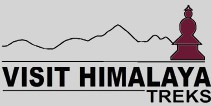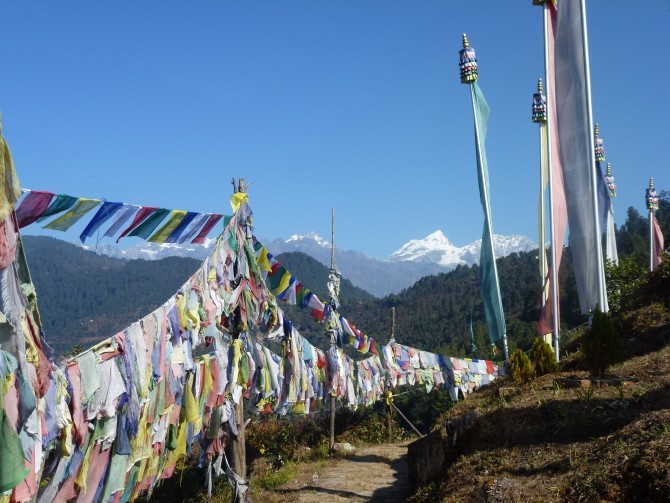Helambu Circuit Trek is one of the short, easy, and quiet but quite scenic and exciting treks, not too far away from the busy capital, Kathmandu. The trek passes through the villages inhabited by the Sherpa and Tamang people and offers views of most of the mountain ranges from the central region of the country.
Helambu Circuit Trekking starts after just a couple of hours' drive away from Kathmandu, with the terraced fields and mountains at the distant horizon replacing the concrete buildings of the city. In addition, the views of the Langtang Range, Rolwaling Himal Range, and Ganesh Himal Range in the sky and the terraced fields and the overlapping valleys below it, enchant the trekkers. Lantang Lirung (7227 meters), Dorje Lhakpa (6966 meters), and Gauri Shankar (6134 meters) are the famed mountains among many others visible on the trek.
Helambu Circuit Trek does not have the starring power of the higher mountains from the other parts of the country but it offers a typical Nepali culture of the hilly region yet to be influenced by the West along with true Nepali hospitality by two of the major ethnical groups of the country, the famous Sherpa and the Tamang. The difference in the customs and traditions of the Sherpas from the Helambu and the Sherpas from the Khumbu region is another exciting and interesting aspect of the Helambu Trek. Finally, Helambu Circuit Trek is ideal for those travelers who have less time as well who don’t wish to travel too far from Kathmandu Valley.
Helambu Circuit Trek's Itinerary
Day 01: Arrive in Kathmandu (1350 meters).
Day 02: Sightseeing and Trek Preparation.
Day 03: Drive to Sundarijal and trek to Chisopani (2300 meters).
Day 04: Trek to Kutumsang (2479 meters).
Day 05: Trek to Thadepati (3690 meters).
Day 06: Trek to Tarkeghyang (2600 meters).
Day 07: Trek to Shermathang (2590 meters).
Day 08: Trek to Melamchi Pul Bazaar (846 meters) and Drive to Kathmandu.
Day 09: Departure



